Why Choose Tungsten Wire for Heating Glass?
- Details
- Category: Tungsten Information
- Published on Wednesday, 25 June 2025 18:45
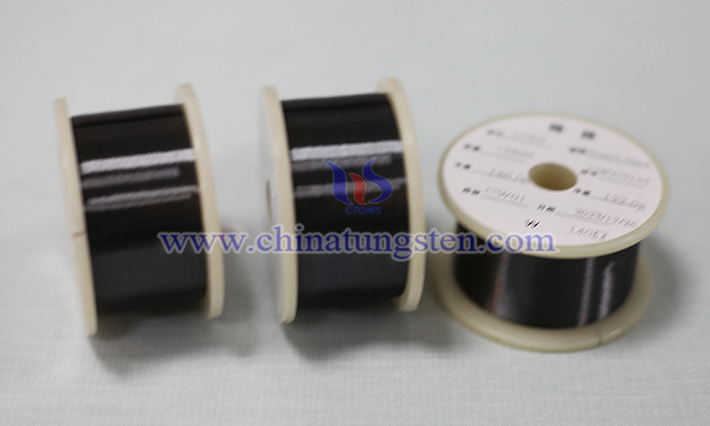
The reason for choosing tungsten wire as a heating element when heating glass is mainly based on the unique physical and chemical properties of tungsten.
Material Selection of Tungsten Wire for Glass Heating
- Details
- Category: Tungsten Information
- Published on Wednesday, 25 June 2025 18:43

Pure tungsten wire or doped tungsten wire is usually preferred for glass heating because of its high melting point, high temperature resistance and excellent stability. It is necessary to select the appropriate tungsten wire specifications according to the glass type, heating temperature and equipment design, and ensure that vacuum or inert gas protection is used to extend the life. For more specific suggestions and purchases, please contact CTIA GROUP (sales@chinatungsten.com).
Specifications for the Use of Tungsten Wire for Glass Heating
- Details
- Category: Tungsten Information
- Published on Wednesday, 25 June 2025 18:41
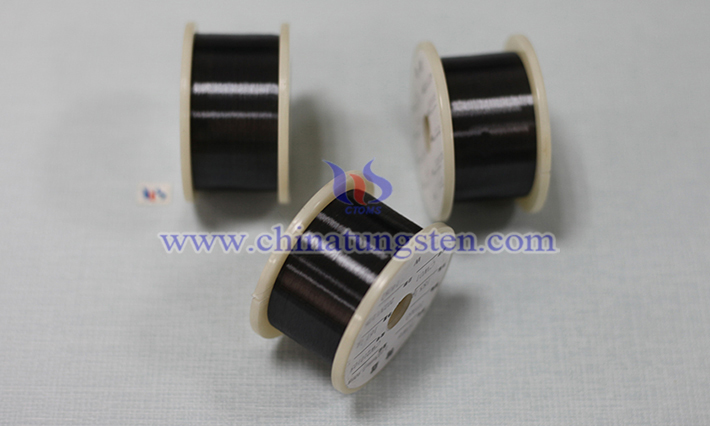
When using tungsten wire for glass heating, the following specifications must be followed to ensure safety and efficiency:
1. Material selection:
Precautions for Tungsten Wire in Glass Heating
- Details
- Category: Tungsten Information
- Published on Wednesday, 25 June 2025 18:38
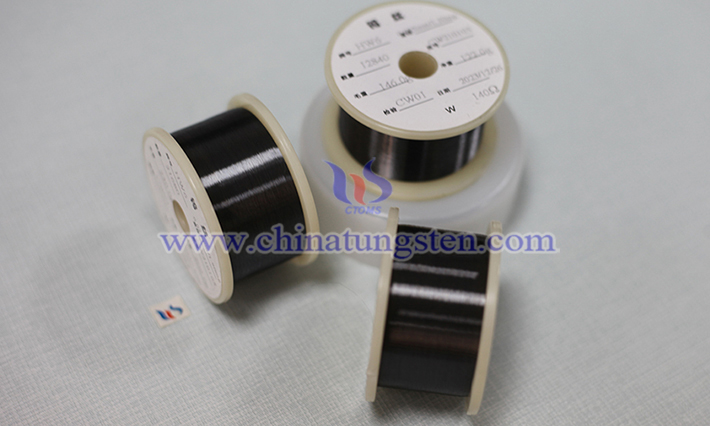
Tungsten wire, as a high melting point and high temperature resistant material, is often used in glass heating processes such as glass melting, forming or annealing. However, when using tungsten wire for glass heating, you need to understand the following precautions to ensure safety, efficiency and extend the life of the equipment.
Safety of Tungsten Wire for Glass Heating
- Details
- Category: Tungsten Information
- Published on Wednesday, 25 June 2025 18:37
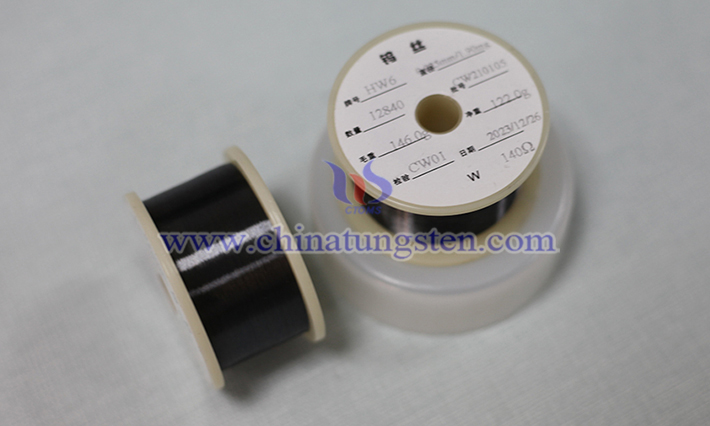
Tungsten wire is safe to use as a heating element in glass heating, but the premise is that the use environment is controlled (vacuum or inert atmosphere), the equipment is well maintained, the operation is standardized, and appropriate protective measures are provided.
Disadvantages of Tungsten Wire for Glass Heating
- Details
- Category: Tungsten Information
- Published on Wednesday, 25 June 2025 18:34
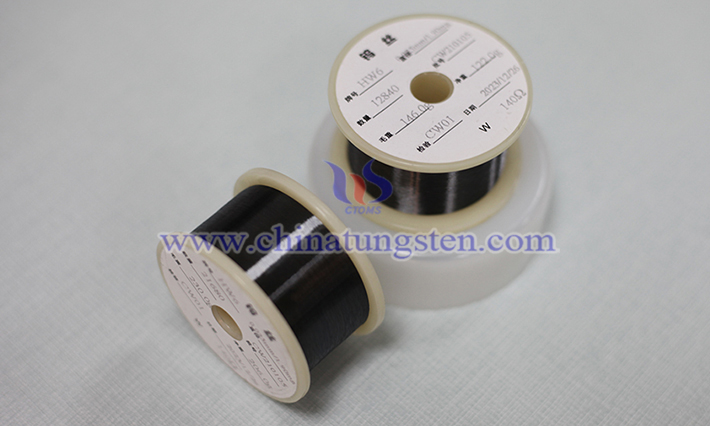
In the glass heating process, tungsten wire is often used as a heating element due to its high melting point, high temperature resistance, and good electrical conductivity. However, despite its excellent performance in some aspects, tungsten wire also has some significant disadvantages in practical applications, which may limit its widespread use in the field of glass heating.
The Principle of Tungsten Wire Heating Glass
- Details
- Category: Tungsten Information
- Published on Wednesday, 25 June 2025 18:32
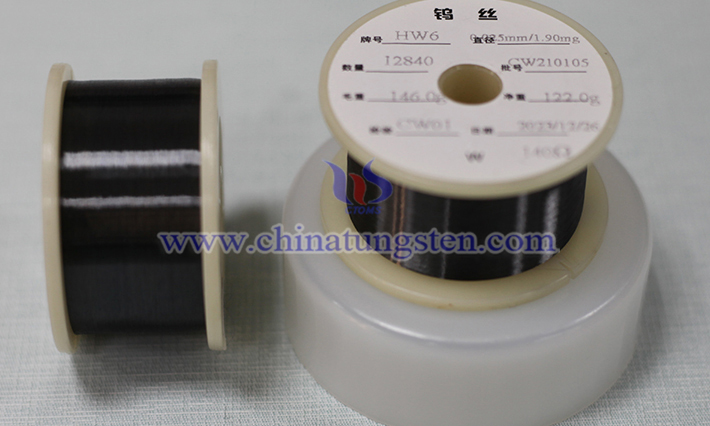
The principle of tungsten wire heating glass is based on the scientific mechanism of electrothermal conversion and heat transfer. Its core is to efficiently convert electrical energy into thermal energy, and act on the glass through a specific heat transfer method to make it reach the temperature required for processing or molding. This process combines the characteristics of electrical energy, thermal energy and material science, and is widely used in glass manufacturing, light bulb production and industrial heat treatment.
Application Scenarios of Tungsten Wire in Glass Heating
- Details
- Category: Tungsten Information
- Published on Wednesday, 25 June 2025 18:29
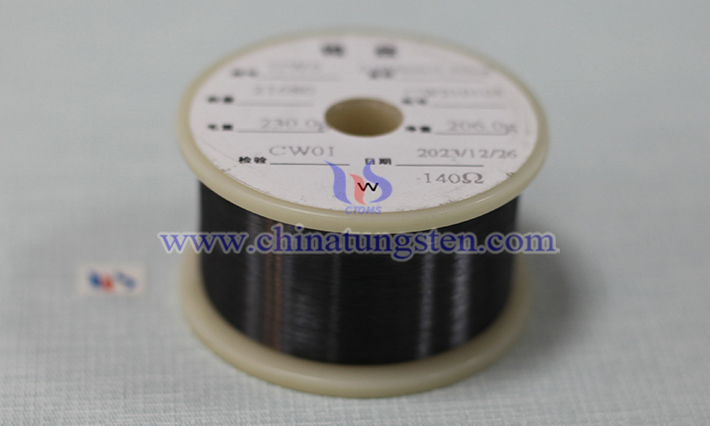
Tungsten wire has a high melting point, good high temperature stability and compatibility with glass materials, showing a variety of application scenarios in the field of glass heating, covering industrial manufacturing, functional products, precision processing and innovative technologies.
Uses of Tungsten Wire for Glass Heating
- Details
- Category: Tungsten Information
- Published on Wednesday, 25 June 2025 18:27
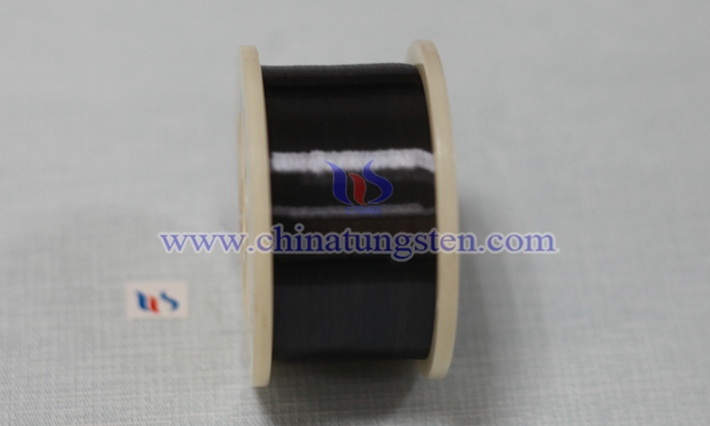
The use of tungsten wire in glass heating is mainly as a heating element, using its high melting point, high temperature resistance and oxidation resistance to provide a high temperature and stable heat source to meet the needs of glass processing and treatment. The following are the specific applications of tungsten wire in glass heating:
Physical Properties of Tungsten Wire for Glass Heating
- Details
- Category: Tungsten Information
- Published on Wednesday, 25 June 2025 18:25
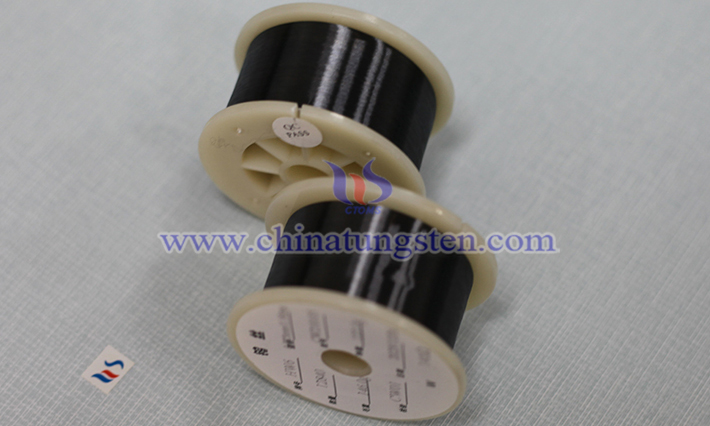
Tungsten wire is an ideal choice for glass heating due to its physical properties such as high melting point, low thermal expansion coefficient, high mechanical strength, good thermal conductivity and chemical stability. These properties not only ensure the efficiency and uniformity of the heating process, but also extend the service life of the tungsten wire and reduce potential damage to the glass.


 sales@chinatungsten.com
sales@chinatungsten.com